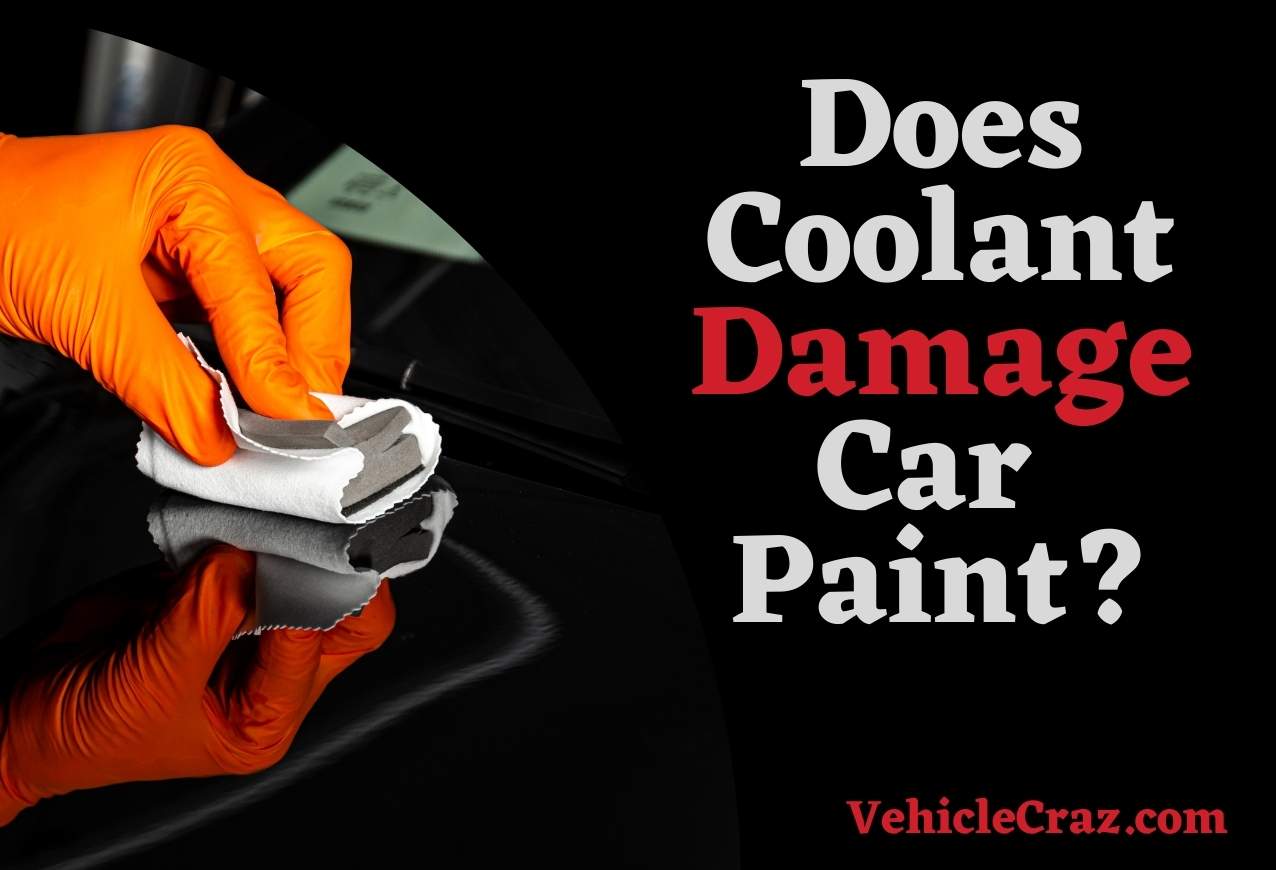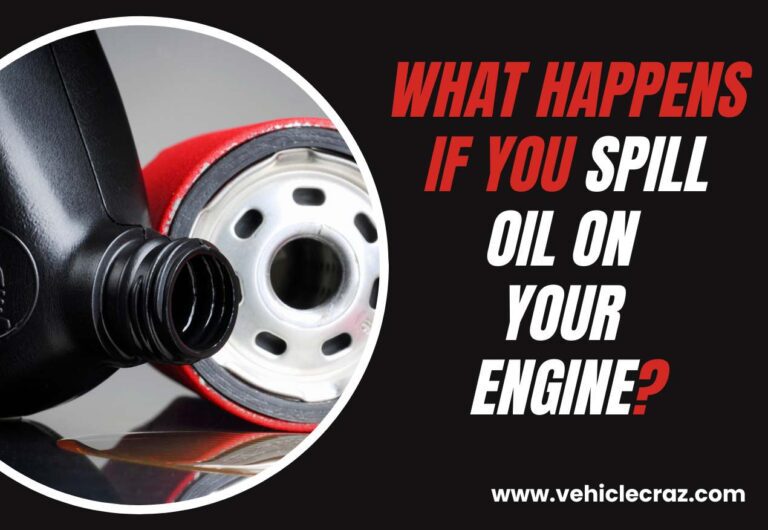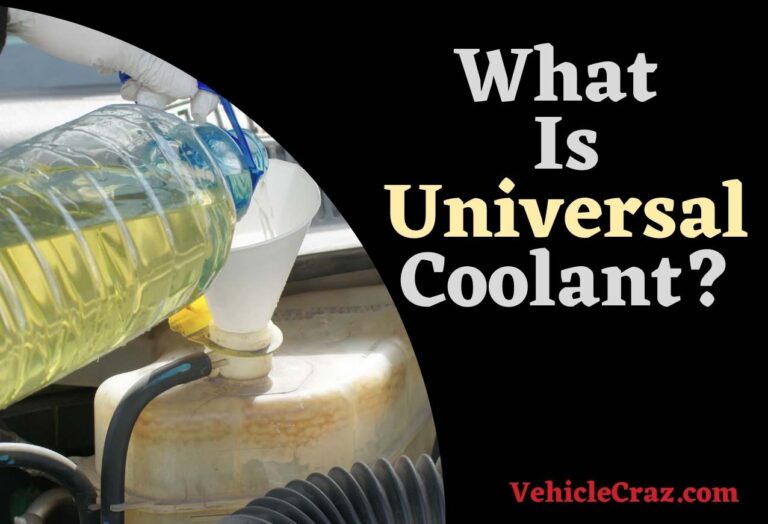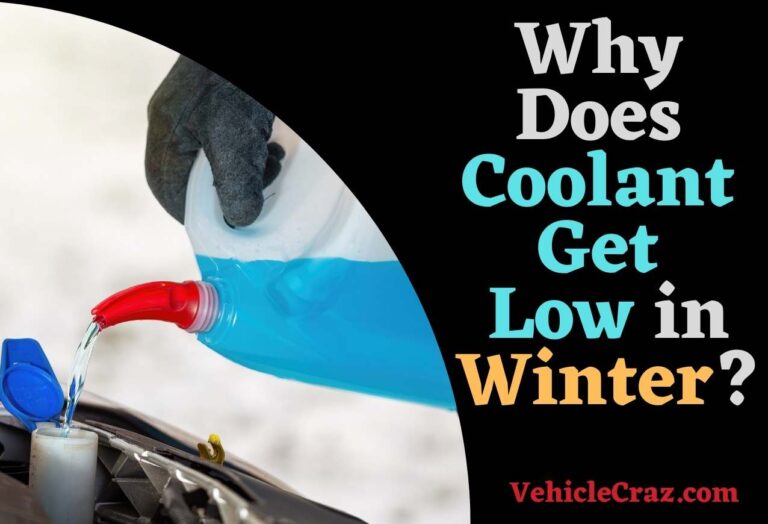Does Coolant Damage Paint? Here Is THE Answer
Vehicle fluids can damage the exterior paint of your car, but what about coolant? Does coolant damage paint? While coolant is not as harmful as most other vehicle fluids to paint, it can damage your vehicle’s paint if left unattended. We will explain everything in detail in this article.
Does Antifreeze Damage Car Paint?
Yes, if coolant leaks onto the vehicle’s exterior and is left unattended, it can cause damage to the car paint. Since coolant contains additives that can be corrosive especially if it comes into prolonged contact with the car paint.
The best thing you can do if you notice coolant on the paint is to remove it using water and mild detergent without leaving it on the paint for long.
Additionally, if coolant comes into contact with car paint due to a coolant leak, it’s essential to fix the leak, as the damage it can cause can be substantial not only to the paint but also to the entire vehicle.
How Long Does Coolant Take to Damage Car Paint?
In general, coolant can start to damage paint relatively quickly, especially if it is left on the surface for an extended period. However, it really depends on the type of paint and the corrosiveness of the additives included in the coolant.
Coolant contains chemicals, such as ethylene glycol, that can be corrosive to paint. These chemicals can start to react with the paint’s surface, particularly if the paint is old or already damaged.
Discoloration is one of the early signs of paint damage caused by coolant. When coolant comes into contact with car paint, it can react with the paint’s surface, leading to changes in color or appearance. Discoloration may appear as a slight change in hue, often noticeable as a darker or lighter spot on the affected area.
If the coolant is not promptly cleaned off, the damage can progress, leading to more severe issues such as peeling, bubbling, or even corrosion of the underlying car paint metal.
How to Remove Coolant Stains from Car Paint?
To remove coolant stains from car paint, start by rinsing the area with water to remove loose residue. Then, use a mild detergent or car wash soap mixed with water to gently scrub the stain with a sponge or microfiber cloth. Rinse the area thoroughly with clean water and dry it with a microfiber cloth.
When removing coolant from car paint, avoid harsh chemicals and abrasive cleaners, as they can damage the paint. Do not scrub too vigorously or let the coolant sit for too long. Use clean tools and rinse thoroughly with water after cleaning.
Once the stain is removed, apply a coat of car wax to protect the paint.
How Long Does it Take for Spilled Coolant on Paint to Evaporate?
It depends on the temperature, humidity, and the amount of coolant spilled. On a hot day with low humidity, spilled coolant can evaporate within a few hours.
Coolant is a water-based liquid that can evaporate relatively quickly, especially in warmer and drier conditions. If the weather is hot, the damage coolant can cause on paint is little to none.
However, if coolant is left on the paint for an extended period before evaporating, it can potentially cause damage. It’s important to note that while coolant can evaporate, it can also leave behind residue that can damage the paint if not cleaned promptly as we mentioned earlier.
What Car Materials Are More Vulnerable to Coolant?
Coolant can potentially damage various materials in a car if not managed properly. As mentioned, car paint is vulnerable to coolant, as it contains chemicals that can cause discoloration or corrosion if left unattended.
In addition, rubber components such as hoses, seals, and gaskets can deteriorate over time when exposed to coolant. Certain plastic components in cars, such as radiator tanks, coolant reservoirs, pipes, hoses, and coolant pump housings, can be vulnerable to damage from coolant. Exposure to coolant can lead to cracking or deterioration of these plastic parts.
Moreover, aluminum components in the cooling system can be susceptible to corrosion or pitting from coolant exposure as well.
Steel components are less vulnerable but can still be affected, especially if the protective coating is compromised. Coolant leaking onto electrical components can cause short circuits or corrosion. Interior materials like upholstery and carpeting can also be damaged if coolant enters the interior of the car
Related


I’m Alex, a seasoned mechanical teacher with over 20 years of hands-on experience in Australia. My passion for all things automotive has driven me to establish this blog, aiming to share my wealth of knowledge and expertise with fellow enthusiasts, DIYers, and anyone keen on understanding the mechanics behind the machines we rely on daily.







